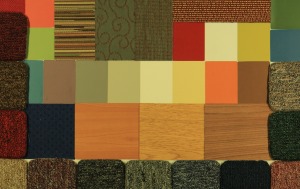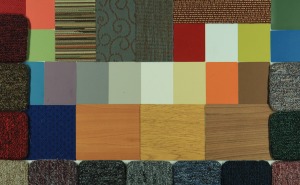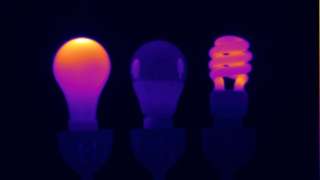Studio T+L is the theatre consultant on the theatre in a new school here in New York. During an early meeting with the architect I explained that I prefer to have the dimming and control system for the stage lighting also control the house lighting, so I’d like to schedule a meeting with the lighting designer to talk about coordinating our work.
I wasn’t surprised (although I was disappointed) to be told that the design team for this new school building doesn’t include a lighting designer. Who’s designing the lighting in the classrooms, offices, theatre and other spaces? It’s hard to say. The plan is that one of the architect’s lighting sales representatives will present them with a choice of light fixtures, the architect will select the fixtures, and the electrical engineer will lay them out and circuit them. Unfortunately, this is an all too common approach that results in mediocre lighting, at best. Here’s why…
For starters, it’s highly unlikely that the architect has a deep enough understanding of vision, visual tasks, current fixture technology, control technology, code requirements, and the lighting design requirements of educational facilities to thoroughly evaluate the lighting needs of the school and the various types of spaces that it holds. It’s much more likely that the architect is working with a possibly outdated rule of thumb such as, “Schools should be lit to 50 fc.” The sales rep, even if he/she is capable, isn’t going to invest any time or effort in a deeper evaluation of the school’s needs because the fixture sale (not good lighting) is the goal, so meeting the architect’s requirements is all that he/she has to do. The electrical engineer is simply implementing the architect’s instructions. He/she is given the selected fixtures and told to arrange them to provide 50 fc, and make sure to cover the code requirements. What’s missing is any thought about how the spaces will be used and the actual needs of the occupants .
I believe that design is as much a process as it is a product. A lighting designer would not assume that all school lighting is the same, and that as long as there’s enough light the lighting will be good enough. A lighting designer would talk to the school about their present facility, and about the good and bad aspects of the current lighting. The lighting designer may consult one or more of the available guides to quality lighting design for schools such as ANSI/IES RP-3-13 Lighting for Educational Facilities, and would look for opportunities to include daylighting as one element of the overall lighting design. A lighting designer would look at the sustainability and energy efficiency aspects of the lighting system and factor that information into the overall design. A lighting designer would take the time to understand how various types of classrooms are used, and would lay out fixtures and select controls accordingly.
I’m sure that none of this is happening on this school project.
And, not just any lighting designer will do. It behooves architects to have some understanding of the lighting needs for the building types they design to make sure the lighting designers they hire doing their job. For example, my classes at Parsons School of Design in Manhattan are held in a building that is less than five years old. It that was designed by a prominent architect. However, the classroom I was in last semester had terrible lighting. The room has two rows of direct-indirect pendant fixtures. The uplight and downlight components are controlled together, and all of the fixtures are controlled by one dimmer, so all of the lighting in the room works as one. The problem? The projection screen is bathed in light that washes out the image, and there’s no way to dim or turn off only the fixtures that affect the screen. There are lighting controls by the door, but none by the instructor’s computer station, so I find myself walking back and forth across the room to make adjustments to the light as I constantly balance my students’ need to see the screen with their need to see their notebooks. This is a rookie mistake, and any experienced designer worth his or her salt should have immediately seen the potential problem and selected fixtures, a layout, and controls to avoid it, but it didn’t happen.
So, who needs a lighting designer? Schools and the architects who design them.




